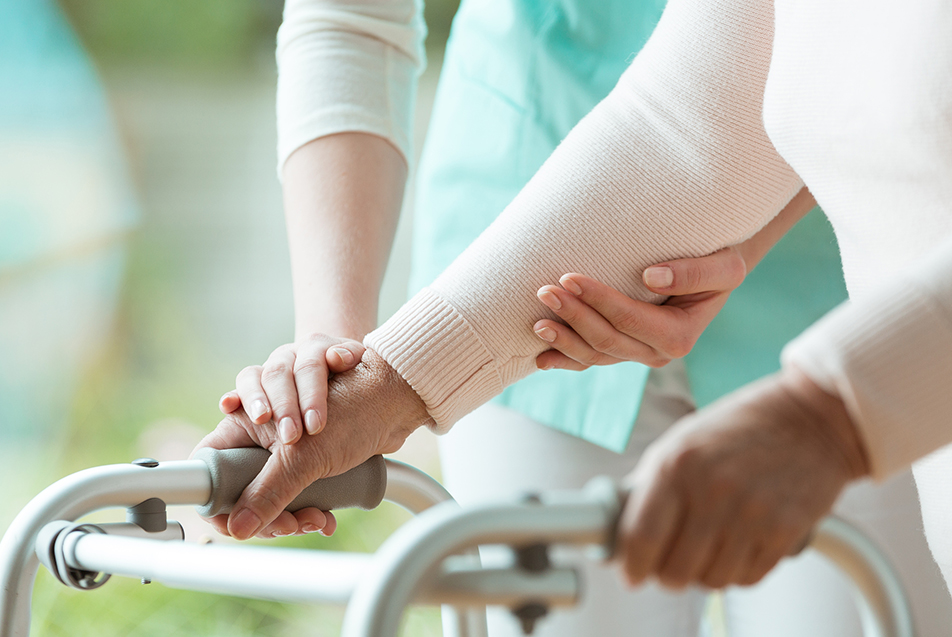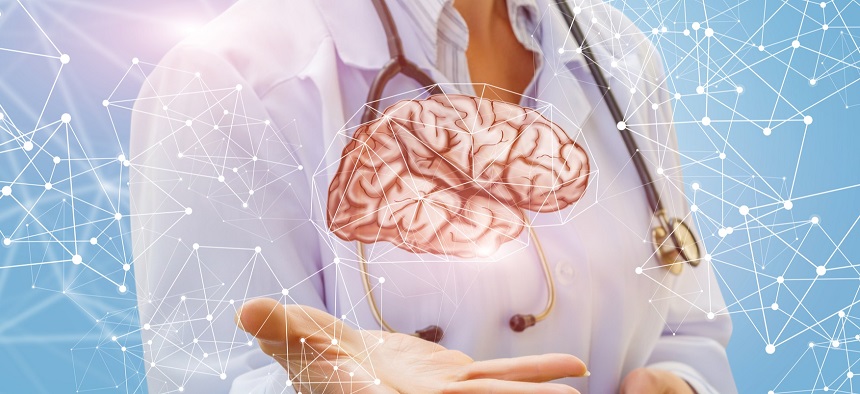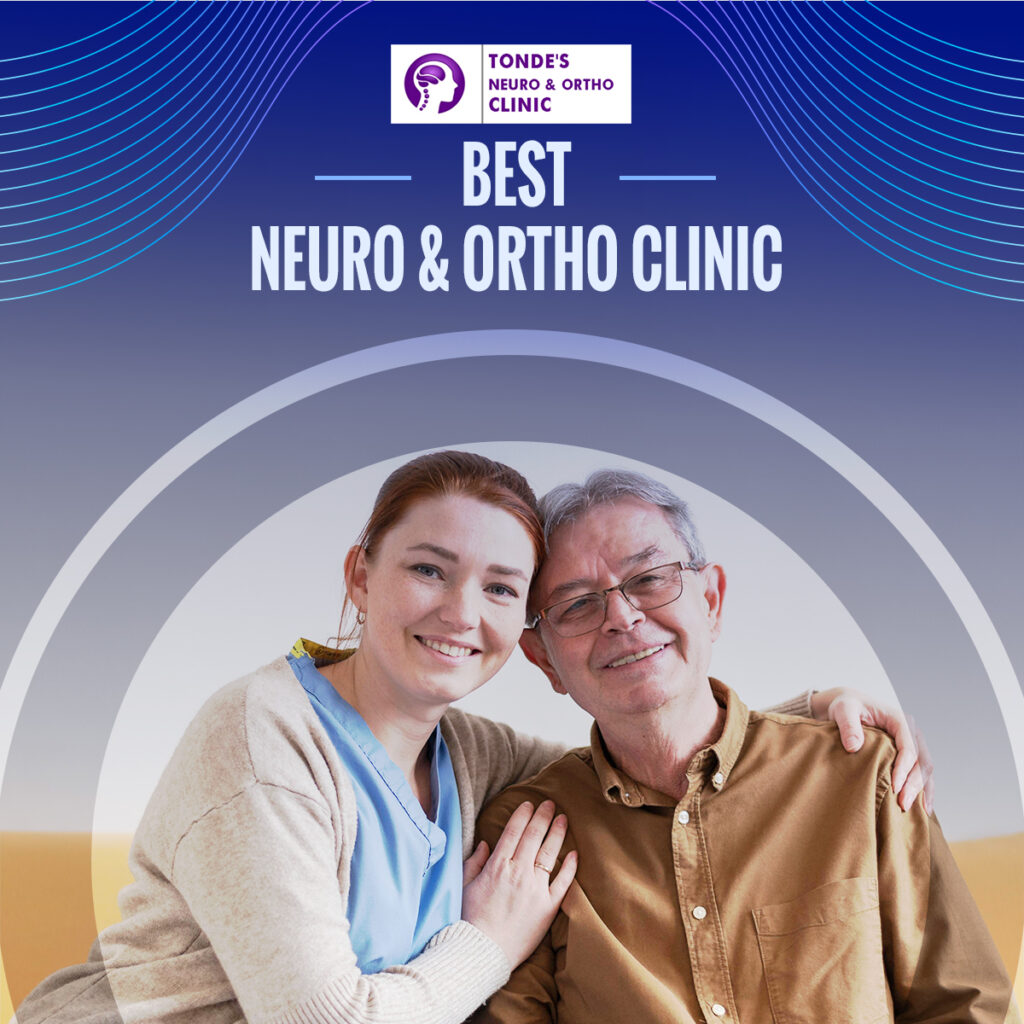Have Any Questions?
+91 77 9849 9977
Visit Us At
103, Shivom Regency, Baner Rd, Pune
+91 77 9849 9977
103, Shivom Regency, Baner Rd, Pune
Movement disorders are conditions that cause spasms, jerking or shaking. They may reduce or slow movement, and they can affect activities such as writing or playing the piano.
There are generally three types of movement disorders: excessive movement (hyperkinetic), abnormally reduced intentional movement (hypokinetic), and abnormal involuntary movement (dyskinesia).
Genetic conditions, traumatic injury, nervous system disease, infections, medication side effects, and other factors may cause a movement disorder.


Your doctor will take your medical history and perform a physical exam with a neurological assessment. This will include checking your motor skills and reflexes. You may need to walk a short distance so your doctor can look for any problems with the way you walk.
Your doctor may order more tests, including:
Doctors often use imaging tests to help diagnose movement disorders. Imaging alone may not be enough for a definitive diagnosis, but it is often useful in clarifying clinical findings. These tests may include:
Watchful waiting may be best for some cases. Other cases may require more aggressive treatment. Your doctor may prescribe injections or medications such as:
If you have a movement disorder, Deep Brain Stimulation (DBS) may reduce your involuntary movements. A two-part procedure first implants a small electrode in the brain using general anesthesia. The second surgery connects a wire from the electrode to a small battery pack that sends electrical impulses by pushing a button. Once the electrode is in place, you can adjust the device on your own. You will work with a neurologist to determine the combination of settings that best control your symptoms.
Doctors are studying MR-guided Focused Ultrasound (MRgFUS) as a treatment for some movement disorders. The procedure uses focused beams of sound energy to heat and destroy a small volume of brain tissue without harming adjacent tissue.

Mail Your Resume At : drpriyankaneuro13@gmail.com